Menu
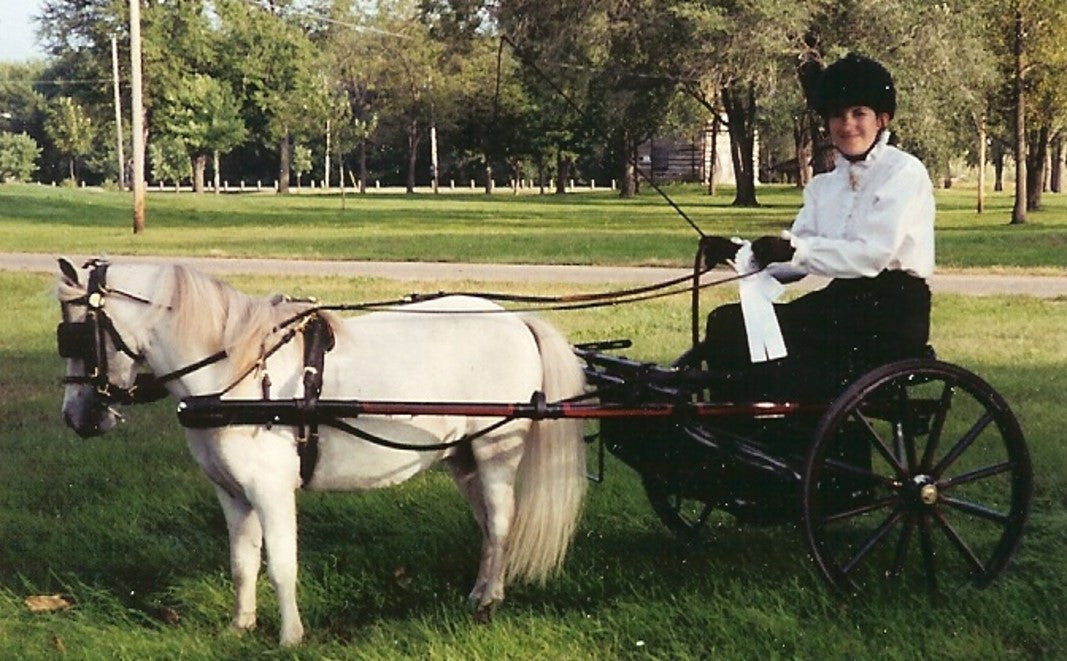
Dumb Stuff We Did #3
Back in 2020, I wrote a series of articles entitled, “We’ve made all the mistakes so you don’t have to.” I have kept a running list of mistakes we have made as I remember them, so this is the next in the series. These articles, again, are meant to “poke fun” at ourselves in a way that hopefully is educational and maybe a wee bit entertaining. Again, we thank God that these mistakes didn’t result in any major wrecks or damages. They could have been much worse. (Here is the link to our first "dumb stuff" post.)
The first carriage show I attended as a spectator was the 1990 Villa Louis Carriage Classic. At the time, our show experience had been from the mini horse breed and open show ring. When I watched Villa Louis, I decided that this was what I wanted to do with my horses! I was sure that the costs involved in such an elegant show were way out of our price range, so I put it on our “someday” list. We happened to see someone competing there that we knew, and I got the courage to ask how much the classes were. I was surprised to know that they weren’t the $25-30 each that I thought they would be, which was the going rate for most breed show classes (as a result, we didn’t show in many breed shows!). The Villa Louis classes were $10 each (at the time)! The cost wasn’t as bad as I thought, but we still only had a crappy metal cart with wire wheels (below). It took another ten years to afford a decent used wood vehicle, and then buy the wooden wheels to go with it (above)! (Read about that horrible clothing choice in this blog post!)

So, we finally entered in our first carriage show in 2000. I was ecstatic to be there! I had read the rule book, so I had thought, and left our running martingale and our side check from the breed shows on the harness. The gentleman whom we were parked next to in the lot was a long-time carriage driving competitor and noticed the breed show accoutrements. He stated that the running martingale was not allowed at ADS carriage shows, and said that the side check was frowned upon (Read the rule book for the current rules). We took the running martingale off so as not to be DQ’ed, but decided not to make too many changes at our first show, and left the check. We were waiting in the holding area for one of my classes when that little snitch of a 34” gelding decided to throw his head down through the side check & bit, and grab some grass. Knowing that it isn’t acceptable for a horse to eat in harness (or anytime they are “working”), I snatched him back up. However, when I did, the side check got caught under the shaft, pulling it tighter than it would normally be. The gelding started to go over backwards, but the Villa Louis show manager happened to be walking by at that instance. He grabbed that check out from under the shaft, and the gelding went back to putting four feet on the ground. We thanked him profusely in our embarrassed state, and then decided right then and there that the check was coming off! We have not had a check rein on a harness ever since! And our horses were drilled that putting their head down when working is a major no-no! They have to keep their heads up, check or no check!
Quite a few years ago, I was teaching another 34” mini gelding how to drive. He seemed to be taking everything beyond well. Every step I did with him, he seemed to master in a few moments; lunging, long lining, wearing the harness, even the first put to the cart. What I didn’t realize at the time is that I hadn’t pushed him far enough. I learned the hard way that he really hadn’t accepted the process, only tolerated it. One day after he had been put to the cart a couple of times, I decided it was time to take him outside the indoor arena. He was familiar with the “new” driving location because it still doubles as a pasture on our not-so-big property. However, he wasn’t familiar with being “by himself” in the pasture, and leaving the indoor arena with the cart all on the same day. To top it off, it was chilly and windy, AND we had just purchased a small Belgian, who by mini horse standards, was fairly large at 16:2 or so (this will matter in a bit). The first part of the drive outside went ok with the gelding, until that Belgian, who was turned out in a paddock on the other side of the barn, decided to have some ambition and pounded up and down the paddock. That poor little gelding heard what sounded like a herd of wild horses coming up behind him and took off so as not to be eaten by whatever “they” were running from! Of course, I went into somewhat panic mode, pulling back with all my might. My husband was standing on the ground watching this, but couldn’t really do much as we passed by him pretty quickly. Apparently, I pulled so hard on the reins, I lifted the front end of that little gelding right off the ground! And since I was braced on the floorboards of the cart, I pulled my bottom right off the seat! Chad said it was actually a little comical, as both me and the gelding were “standing up” in the cart and still going forward!
Now, in the process of an event like this, you have a few split seconds to think about what to do next. Bailing out of the cart was NOT an option. If there is one thing that drivers need to learn, it is no matter how bad you think it is getting, you stay with the vehicle! You put that horse to the cart, you try to get it under control! You can’t do that if you are not with the vehicle! So, I wasn’t going to make things worse by having that gelding running around the pasture, dragging the cart around by himself! However, the next thing I noticed was that we were headed right for a three-strand electric fence (which I knew was plugged in ☹). If we got tangled in that, it would be devasting for both him and me. I had to get him stopped. While I didn’t quite let go of one rein, I did grab the right rein more strongly to hopefully turn him away from the fence. I knew I couldn’t pull so hard as to make a hard turn, or we would have flipped the cart. Ironically, when I grabbed the right rein, the gelding stopped suddenly, as if to have his brain turned back on. I learned a big lesson at that moment that I have heard from some top trainers as well, “Horses don’t stop with their mouths. They stop with their brains.” That little gelding almost shook his head like he was saying, “What am I doing?” I could see that he gained his composure, I took a breath (or two), and looked to see where Chad was. Chad caught up to us, asked me if we were ok, and then we decided that maybe the gelding wasn’t really ready for what we were asking, and that we needed to go back and fill in some blanks. We walked him back to the indoor arena (still in the cart), but he was still quite on edge. Unfortunately (or maybe fortunately), I don’t think I worked a whole lot more with that little gelding as I had already started another more physically talented gelding who ended up taking multiple championships in his tenure as a carriage show horse. The more talented gelding was MUCH less stoic in his training process, and would let me know when he didn’t get something in the training process that we needed to drill and reinforce until he was ok with it. To this day, I’m very cautious working with horses that seem to take everything a bit too well. These are the horses you need to push until you know where their tolerance ends before you put them to any vehicle.
A few years ago, we were competing with the not-so-stoic gelding mentioned above. I was waiting in the holding area when one of my fellow competitors drove up to me and let me know that Alax’s bridle was hanging over one ear. Cringing in shock, I knew I needed to get the bridle back on the horse NOW. The Paddock Marshall happened to be standing right there, and I asked her to pull the bridle back on Alax’s head. I have no idea how it slipped over his ear, but he managed it somehow. I was concerned that if I got out of the cart to fix it myself, it might have slipped more, and we would have had a rodeo! At the time, we already owned this business, so it's not like I didn’t have access to a gullet strap, but I was too stubborn, thinking that some traditionalist judges might not like that extra, not-so-traditional piece of harness on the bridle, so I didn’t put one on. Once the bridle was back on the gelding, I turned to my fellow competitor and thanked her profusely, “teasing” her that she didn’t want to be in the arena with my pending wreck, to which she whole-heartedly agreed! 😊 Eventually, I sucked up my pride, and put a gullet strap on the bridle. We have not had a judge make a comment about it at all, and I have actually heard Technical Delegates recommend them to any competitor that doesn’t have one just for the reason above! They are now a very accepted piece of harness equipment that has saved many a bridle from coming off!
Most recently, I was going to long-line a young Welsh gelding. I had brushed and harnessed the pony, and for some reason got distracted and forgot to attach the crupper. I had led the colt into the arena and was leading him around the circle in which I was eventually going to long line him. Chad was driving the tractor into the arena, and the colt swung quick to see the tractor. The breeching completely slipped off the gelding’s rear and landed on the ground on his off side, hanging by the turnback attached to the saddle. In the process of the quick turn, he had managed to step into the holdbacks which were loosely looped into their own keeper, the front right leg into the right holdback, and the back right leg into the left holdback. I couldn’t have planned it better myself! I was concerned that if I had him walk forward out of the loops, they would grab his leg and it wouldn’t end well! So instead, I went to the off side, and released the turnback buckle. This sent the breeching the rest of the way to the ground to where I could step him out of it, and pick the breeching back up. Chad had stopped the tractor to make sure that I could get the colt out of the tangled mess, and then let me know, “Hey, you didn’t buckle the crupper…” No kidding. 

Thankfully, the colt just stood there rock solid and looked at me like I was nuts. The colt does have one “lazy” looking blue eye on the off side, so that probably helped his nonchalant demeanor and expression. 

On a related note, many people don't realize that if you undo the turnback buckle, you will release the entire back half of the harness from the horse. This is beneficial in case of a wreck where the horse is on his side, and you can't get to the holdbacks (breeching straps) to release them.
You can see how some of these examples are a matter of “when we know better, we do better”, and some are just “duh” moments. Everyone has them. It's just a matter of being educated enough to limit the number of times that you end up with these types of issues.
- Choosing a selection results in a full page refresh.

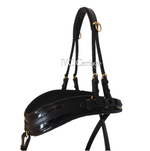
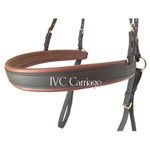
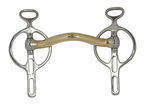
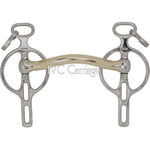
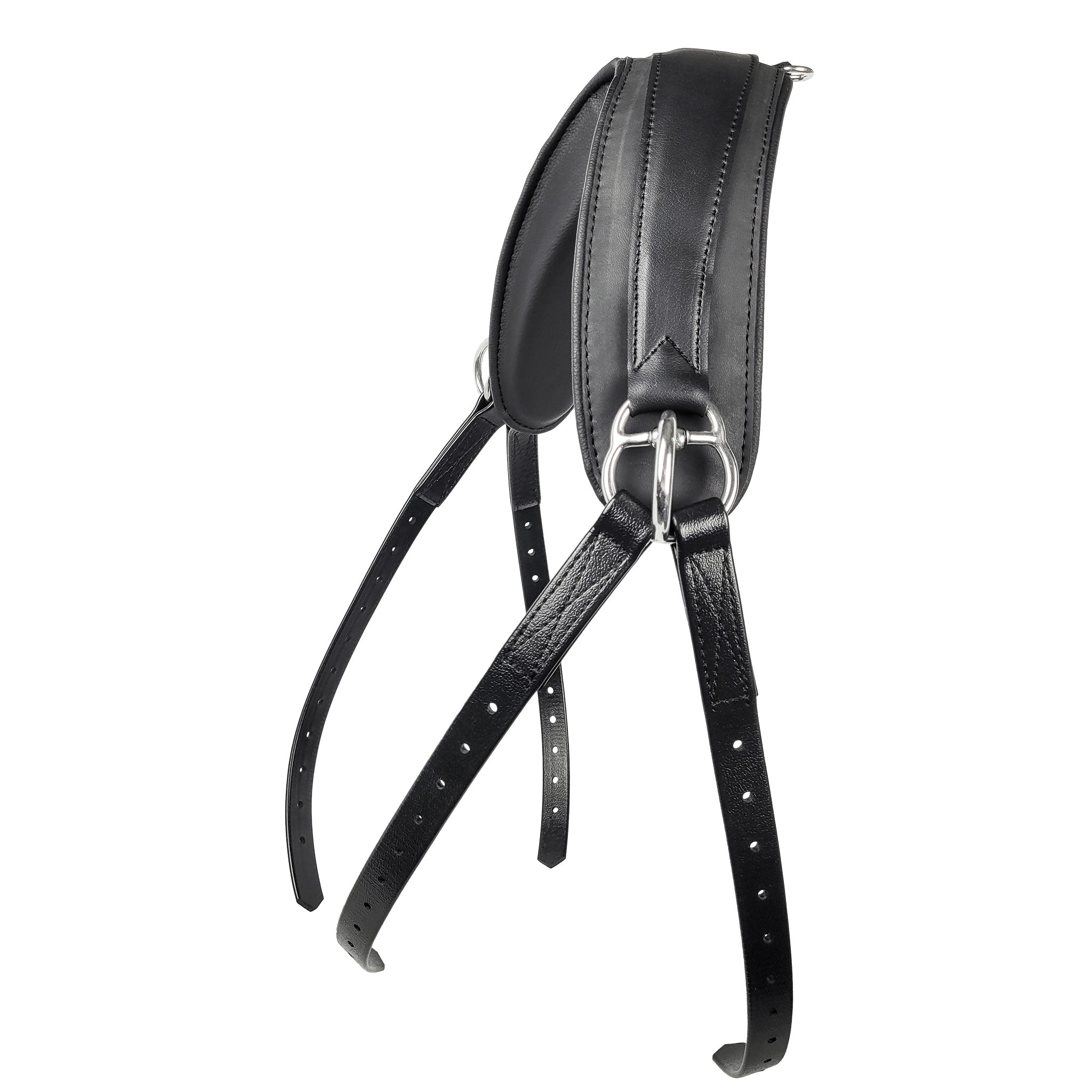
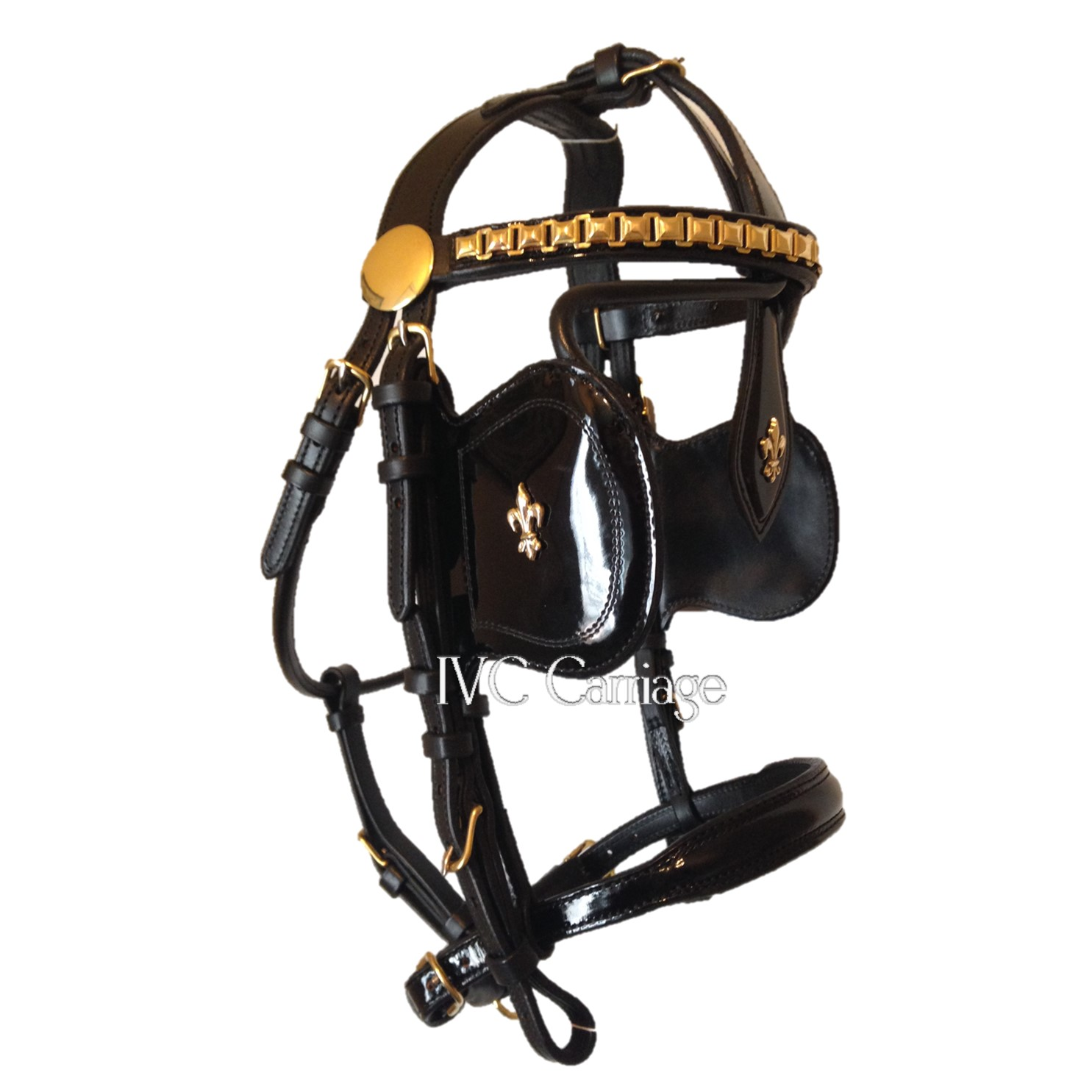
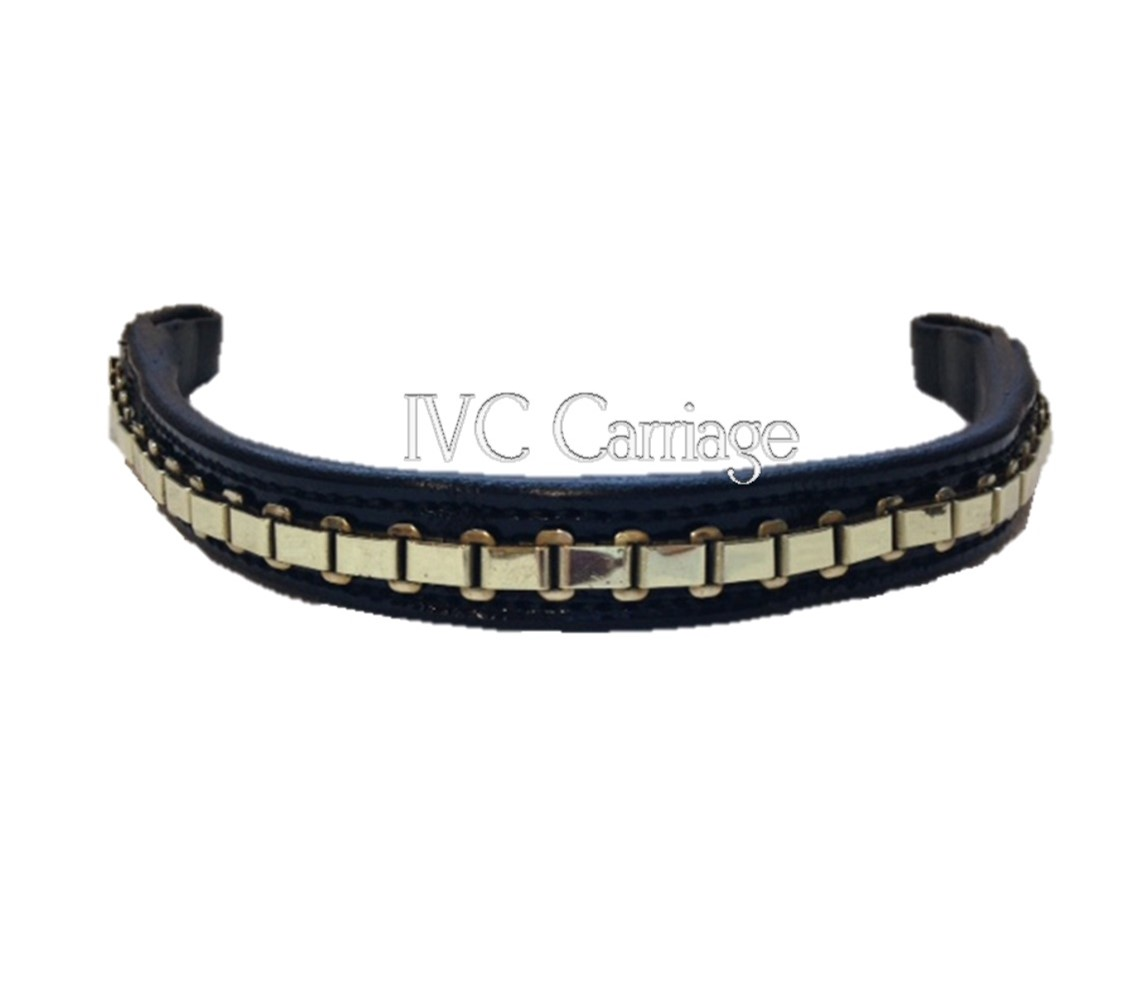
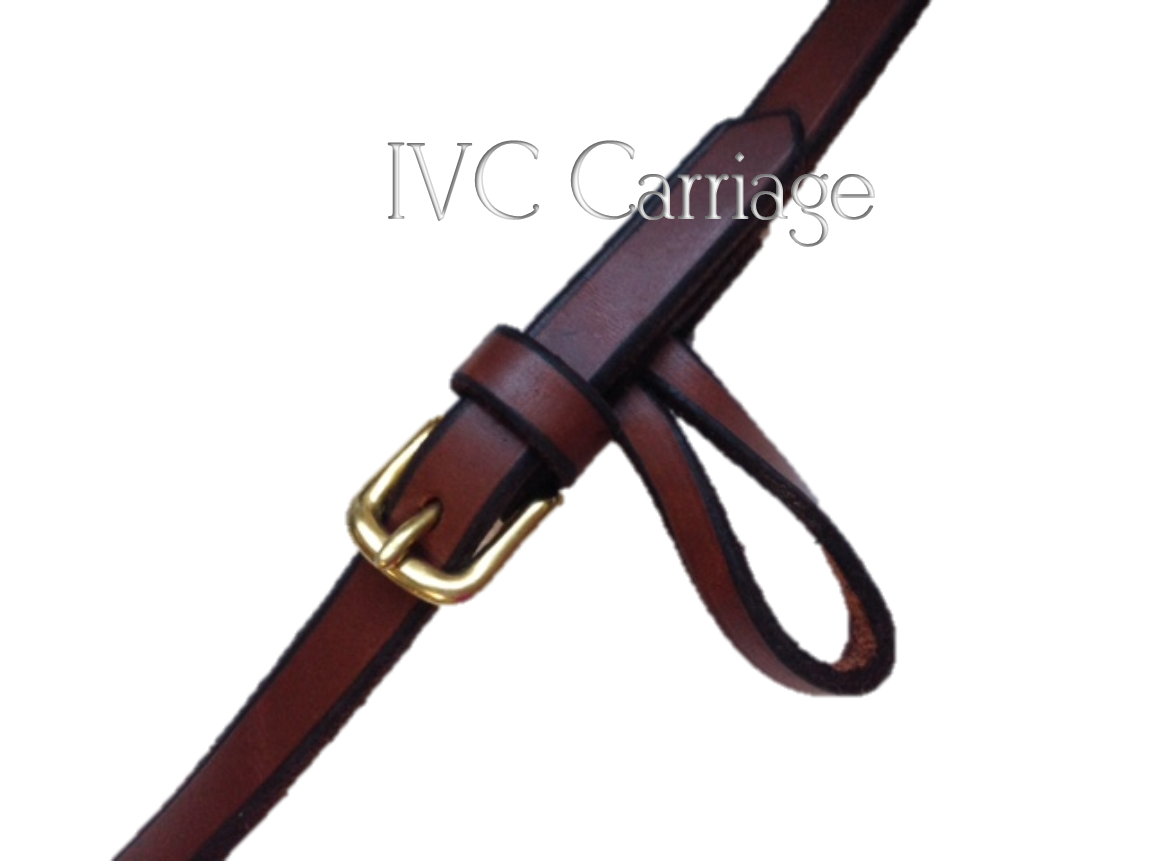
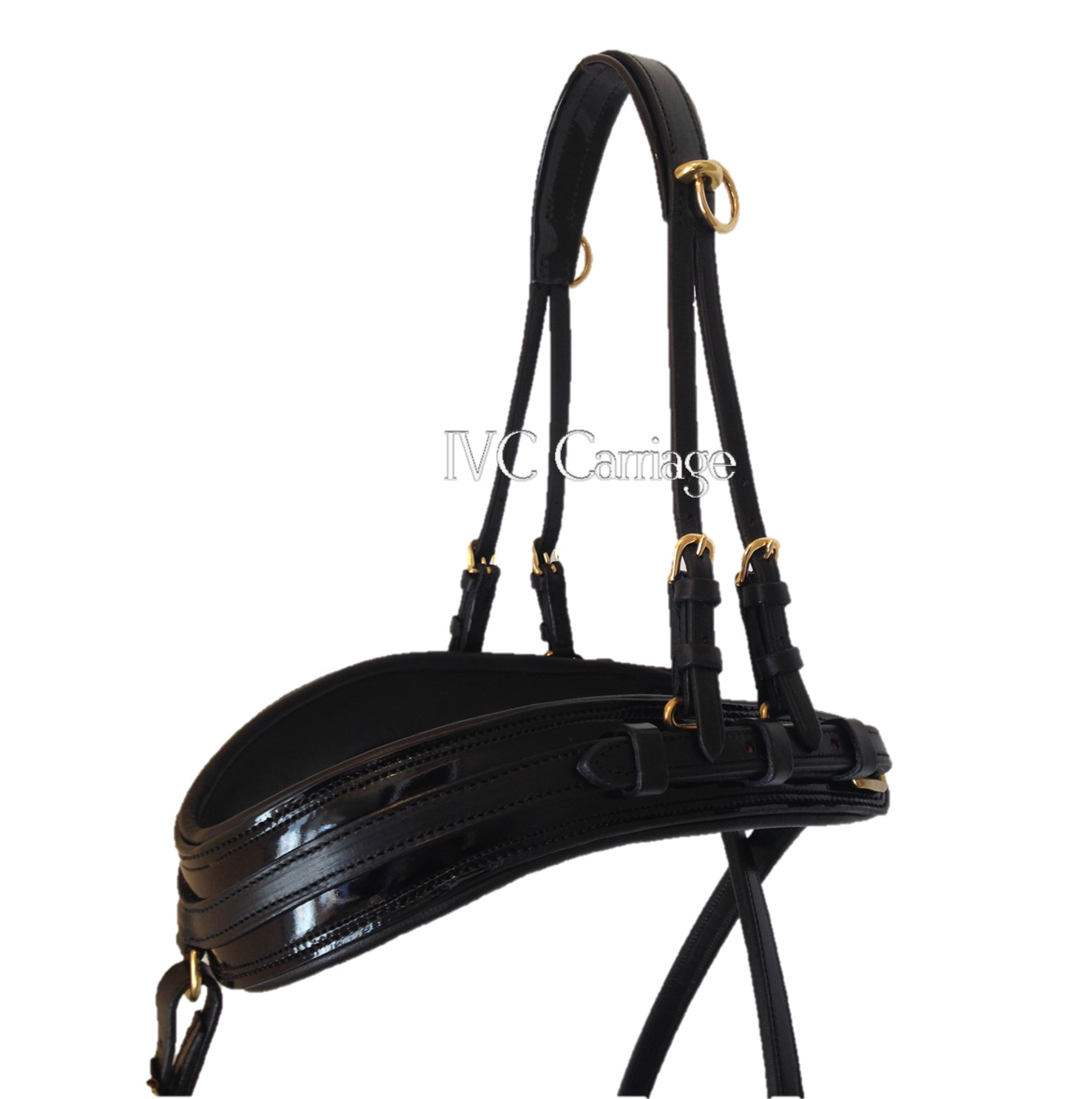
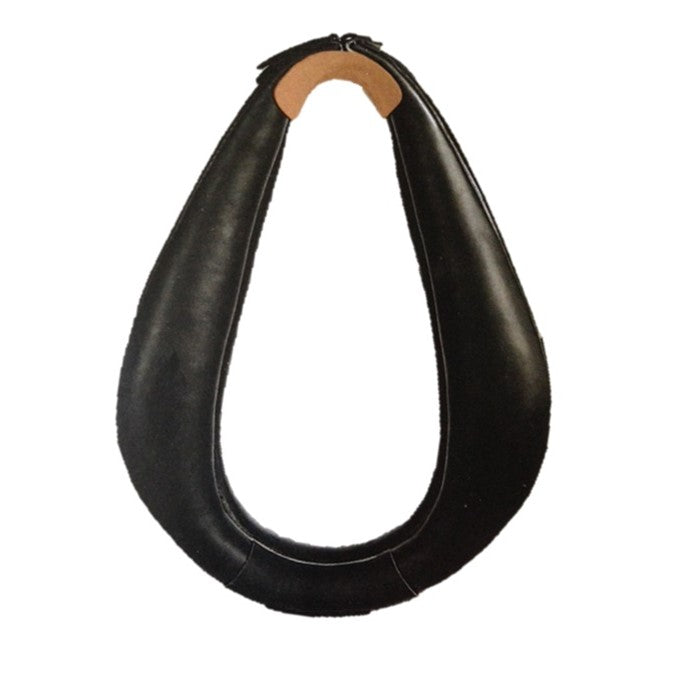
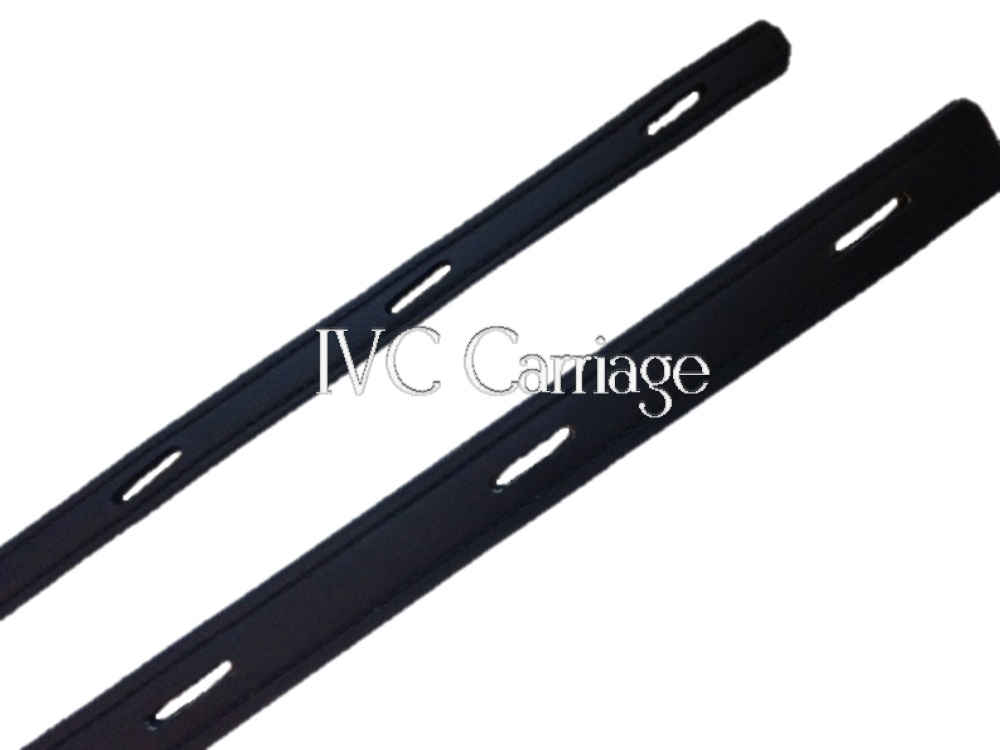
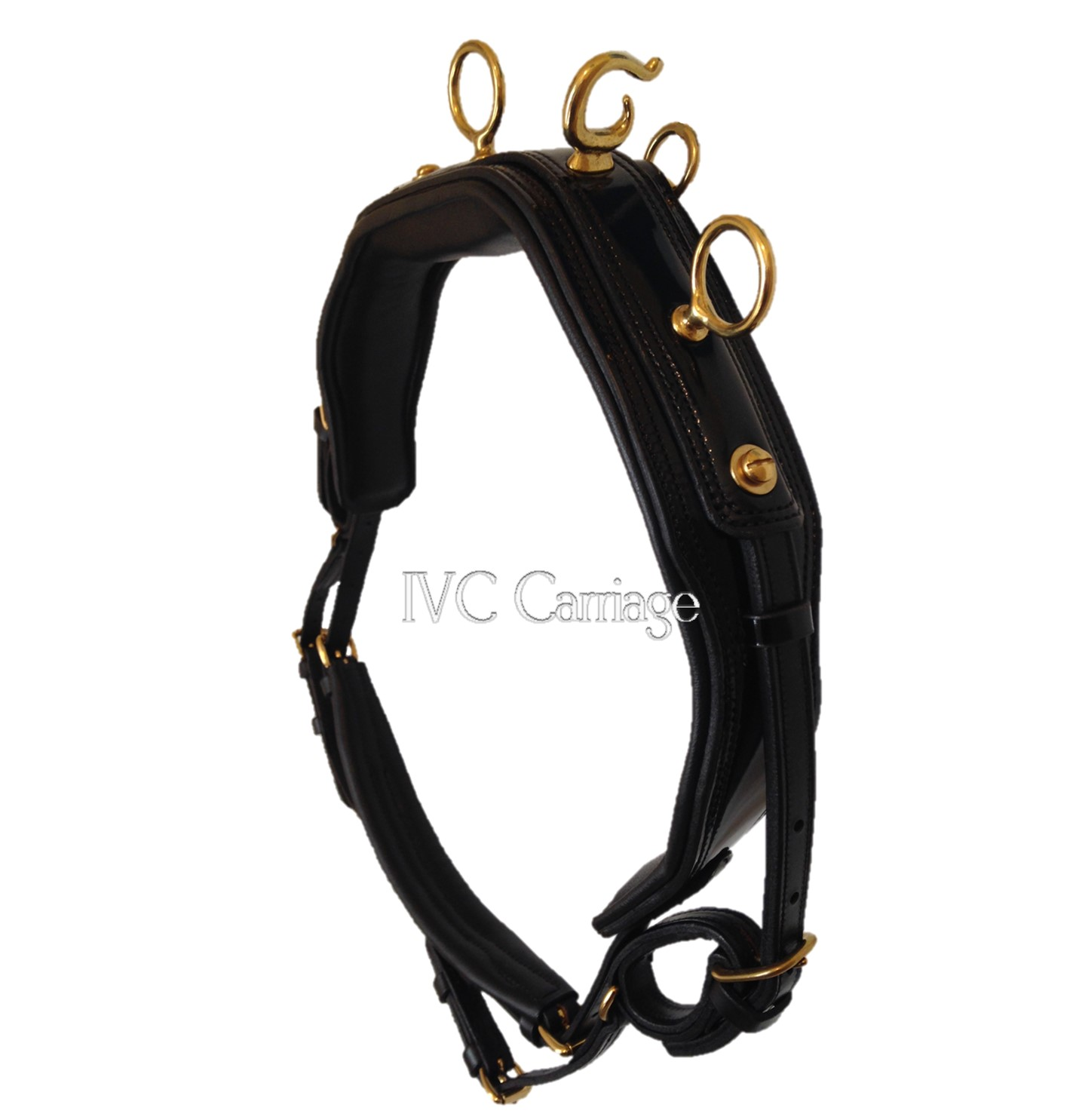
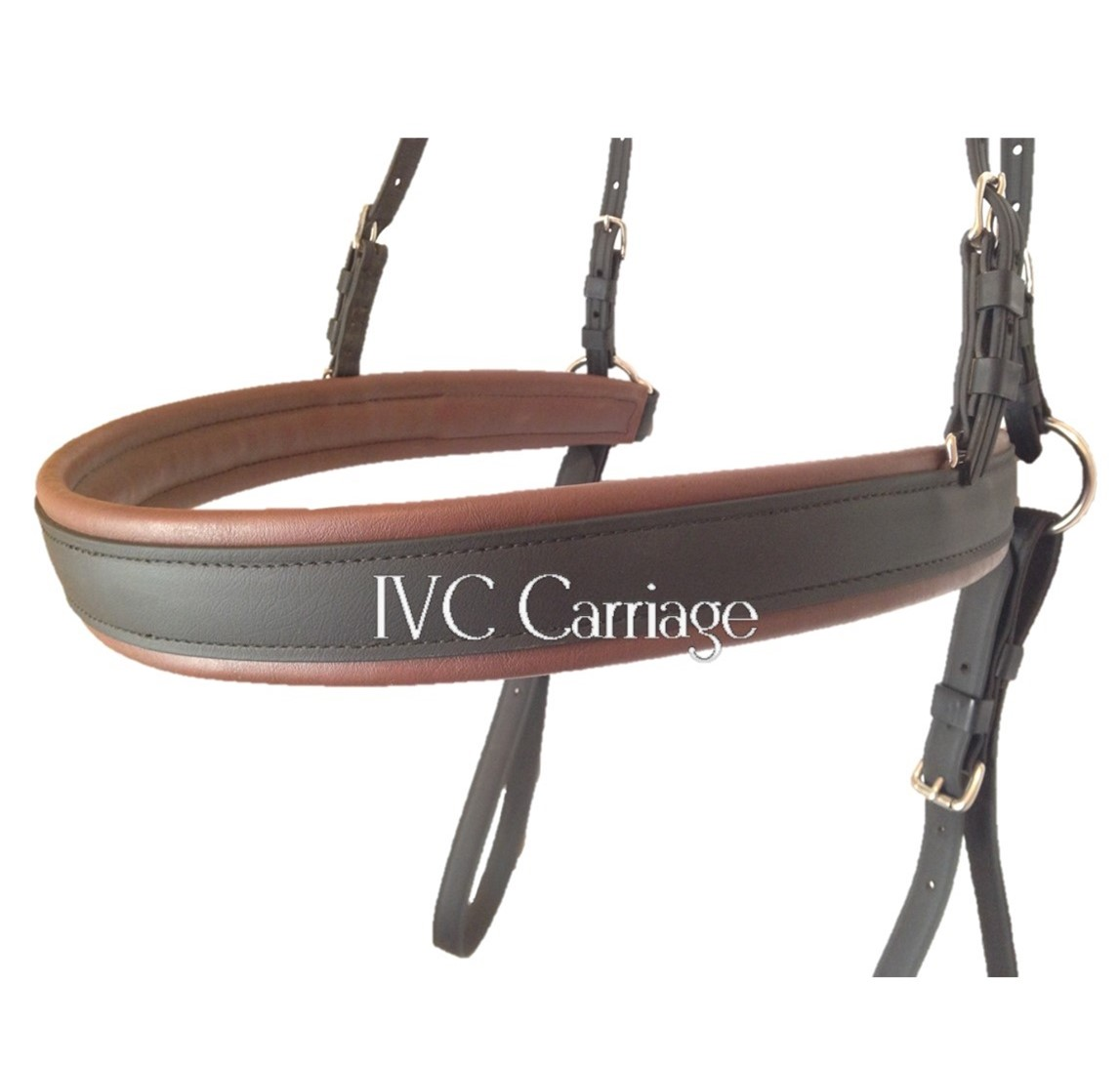
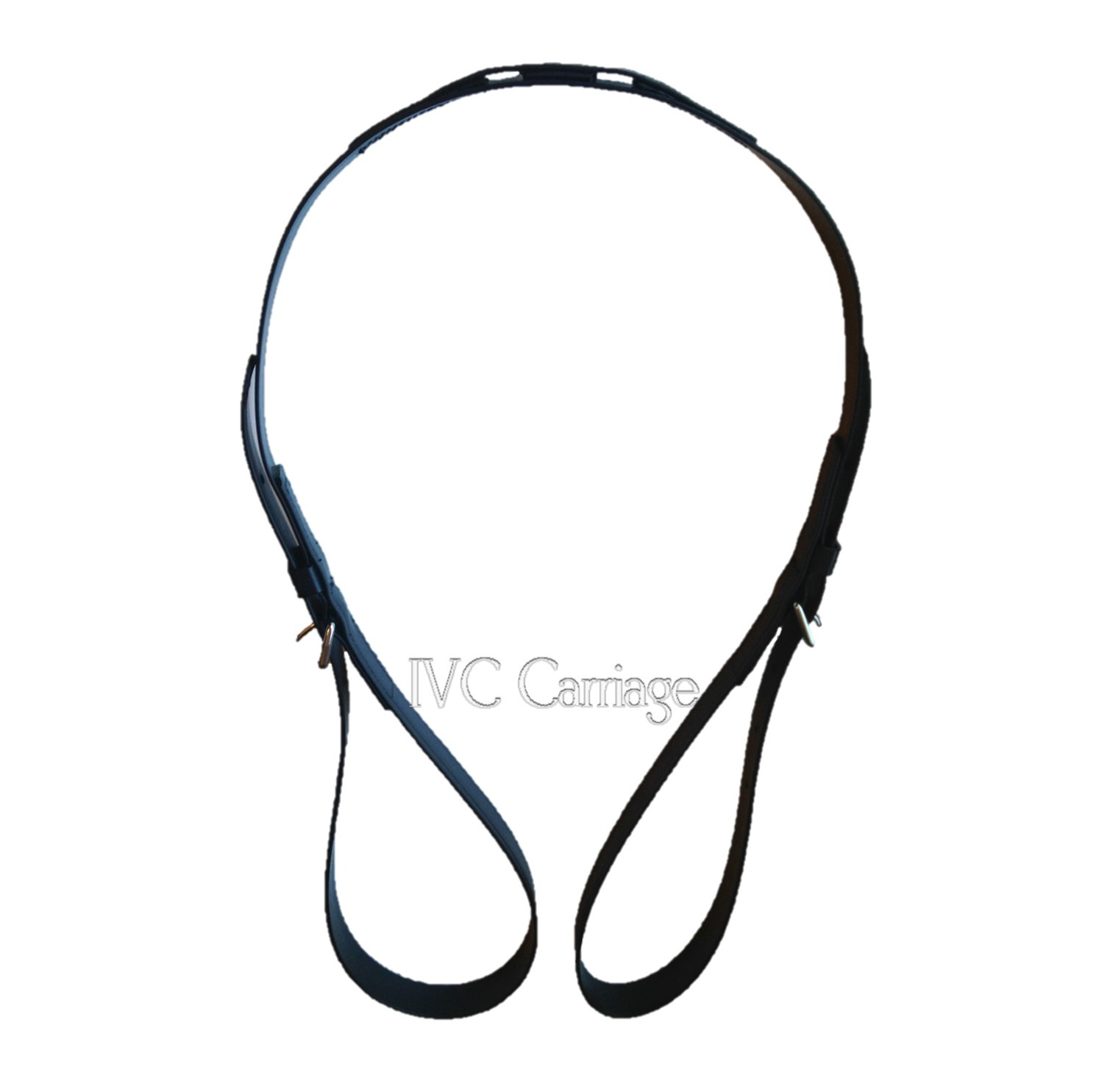
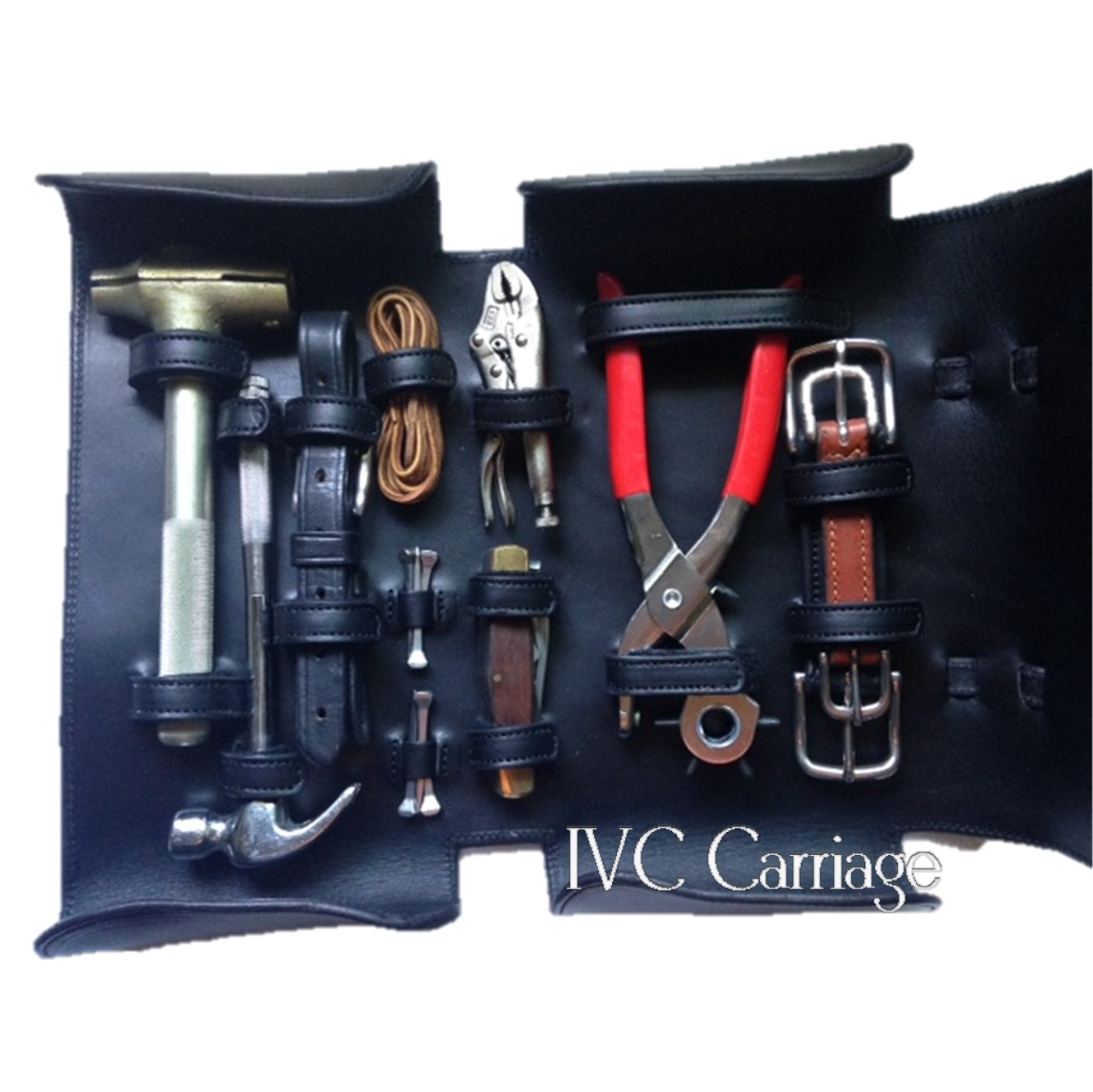

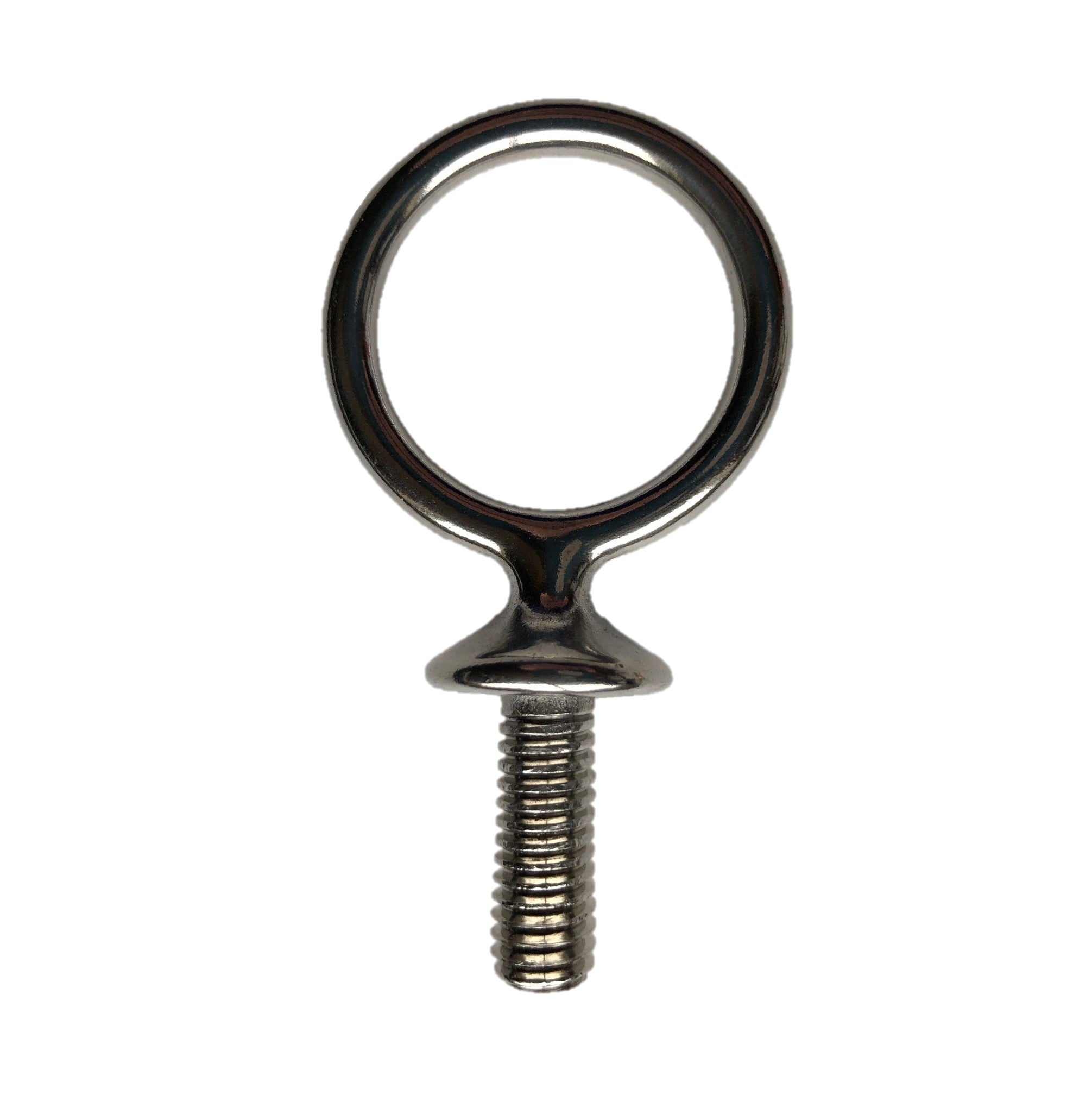
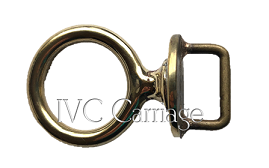
1 comment
Barb Mckenney
Love all the info..I’m new at this and sinus mynpiny although he has had lessons.my problem is teaching him to lunge he just wants to run around..any tips